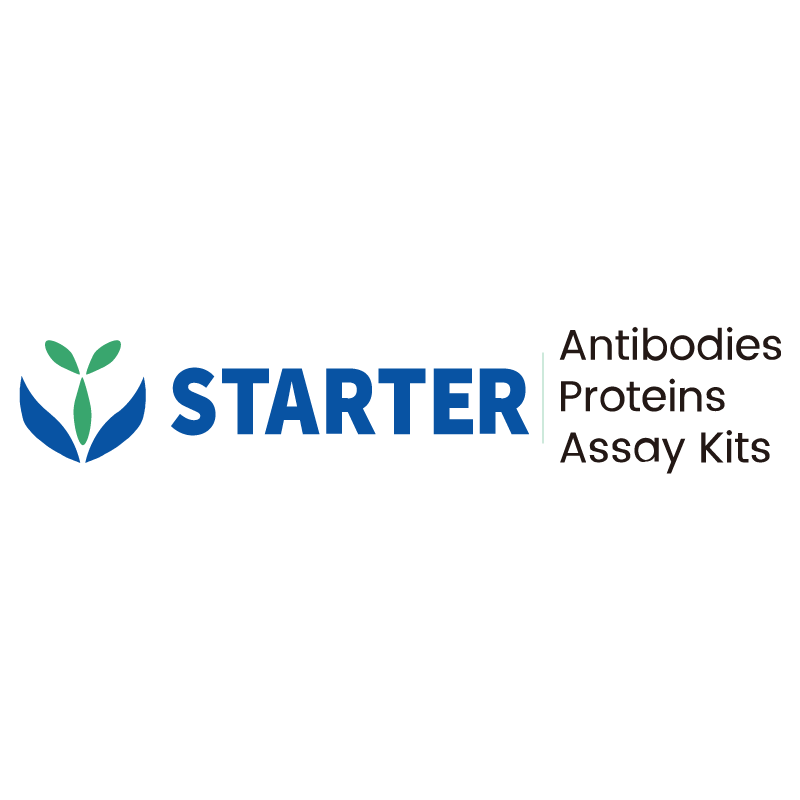WB result of Nrf2 Recombinant Rabbit mAb
Primary antibody: Nrf2 Recombinant Rabbit mAb at 1/1000 dilution
Lane 1: untreated HeLa whole cell lysate 20 µg
Lane 2: HeLa treated with 2µM MG-132 for 18hours whole cell lysate 20 µg
Secondary antibody: Goat Anti-rabbit IgG, (H+L), HRP conjugated at 1/10000 dilution
Predicted MW: 68 kDa
Observed MW: 105 kDa
Product Details
Product Details
Product Specification
| Host | Rabbit |
| Antigen | Nrf2 |
| Synonyms | Nuclear factor erythroid 2-related factor 2; NF-E2-related factor 2; NFE2-related factor 2; Nrf-2; Nuclear factor; erythroid derived 2; like 2; NRF2 s; NFE2L2 |
| Location | Cytoplasm, Nucleus |
| Accession | Q16236 |
| Clone Number | S-3183 |
| Antibody Type | Recombinant mAb |
| Isotype | IgG |
| Application | WB, ICC |
| Reactivity | Hu |
| Purification | Protein A |
| Concentration | 0.5 mg/ml |
| Conjugation | Unconjugated |
| Physical Appearance | Liquid |
| Storage Buffer | PBS, 40% Glycerol, 0.05% BSA, 0.03% Proclin 300 |
| Stability & Storage | 12 months from date of receipt / reconstitution, -20 °C as supplied |
Dilution
| application | dilution | species |
| WB | 1:1000-1:2000 | Hu |
| ICC | 1:500 | Hu |
Background
Nrf2 (Nuclear factor erythroid 2-related factor 2) is a critical transcription regulatory protein belonging to the basic leucine zipper (bZIP) family, playing a central role in cellular antioxidant defense and detoxification processes. Under homeostatic conditions, Nrf2 is kept at low levels through ubiquitination and degradation via its binding to Keap1 (Kelch-like ECH-associated protein 1). However, under oxidative stress, electrophilic agents, or inflammatory stimuli, conformational changes in Keap1 lead to Nrf2 release and nuclear translocation. In the nucleus, Nrf2 forms heterodimers with small Maf proteins and binds to the antioxidant response element (ARE), activating the expression of genes encoding antioxidant and phase II detoxifying enzymes, including HO-1 (heme oxygenase-1), NQO1 (NAD(P)H quinone oxidoreductase 1), and glutathione synthetase.This pathway not only neutralizes reactive oxygen species (ROS) and free radicals but also contributes to anti-inflammatory responses, metabolic regulation, and mitochondrial function maintenance. Dysregulation of Nrf2 has been linked to various diseases: overactivation is associated with cancer progression, while impaired Nrf2 activity may accelerate neurodegeneration (e.g., Alzheimer’s disease), cardiovascular disorders, and aging. As a result, Nrf2 has emerged as a key therapeutic target for antioxidant and cytoprotective strategies. Natural compounds (e.g., sulforaphane, curcumin) and synthetic drugs can modulate the Nrf2-Keap1 axis to enhance cellular defense mechanisms.
Picture
Picture
Western Blot
Immunocytochemistry
ICC analysis of HeLa cells treated with MG-132 (2μM, 18h) (top panel) and untreated HeLa cells (below panel). Anti-Nrf2 antibody was used at 1/500 dilution (Green) and incubated overnight at 4°C. Goat polyclonal Antibody to Rabbit IgG - H&L (Alexa Fluor® 488) was used as secondary antibody at 1/1000 dilution. The cells were fixed with 100% ice-cold methanol and permeabilized with 0.1% PBS-Triton X-100. Nuclei were counterstained with DAPI (Blue). Counterstain with tubulin (Red).


